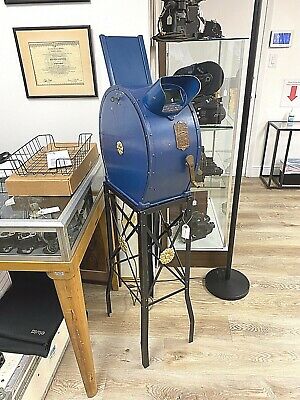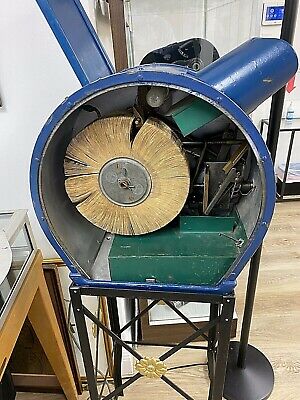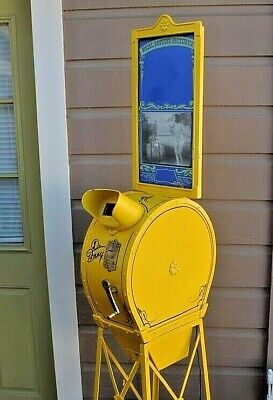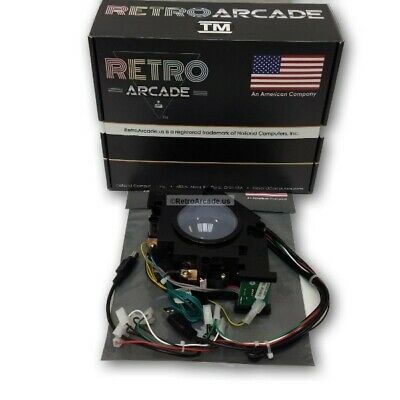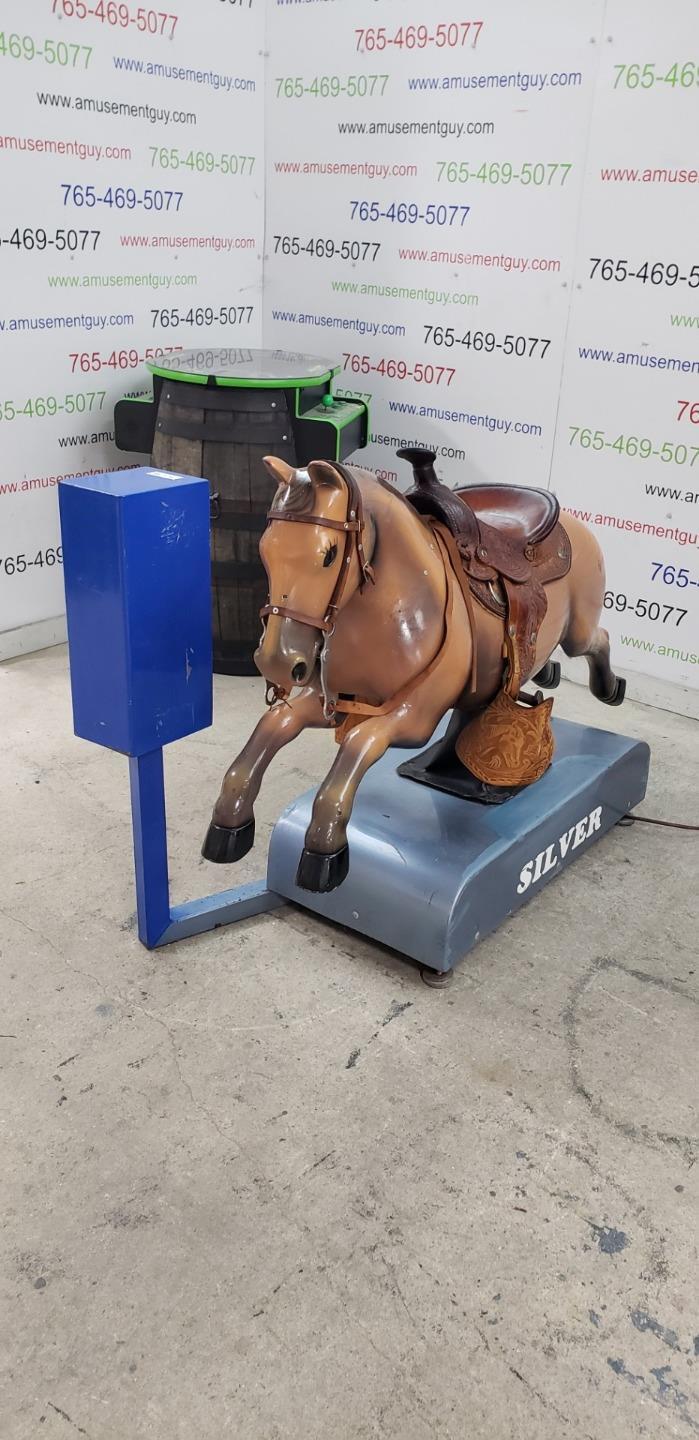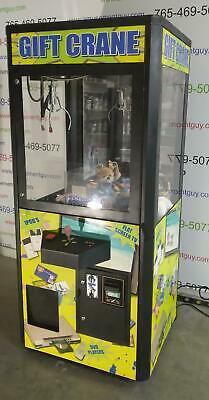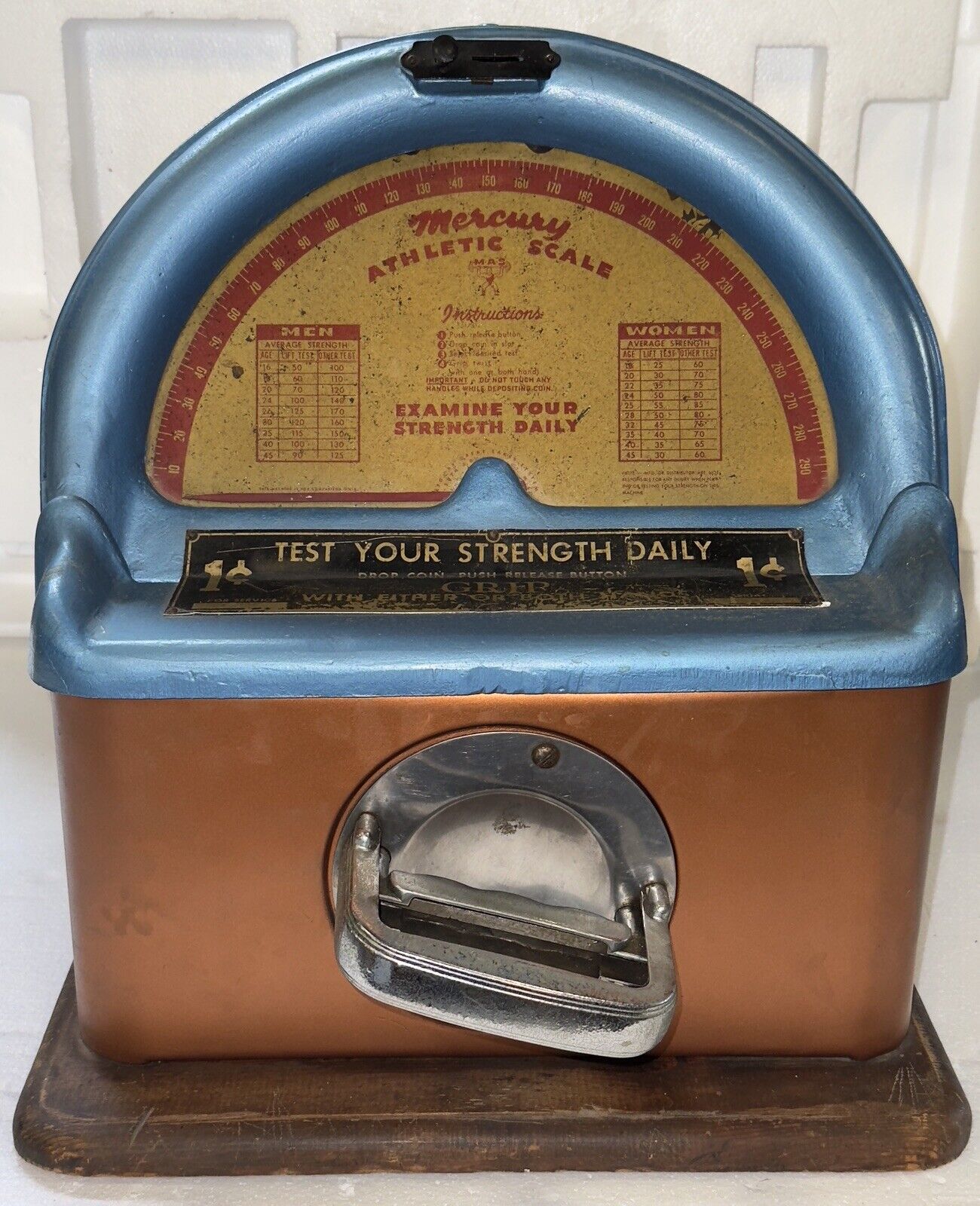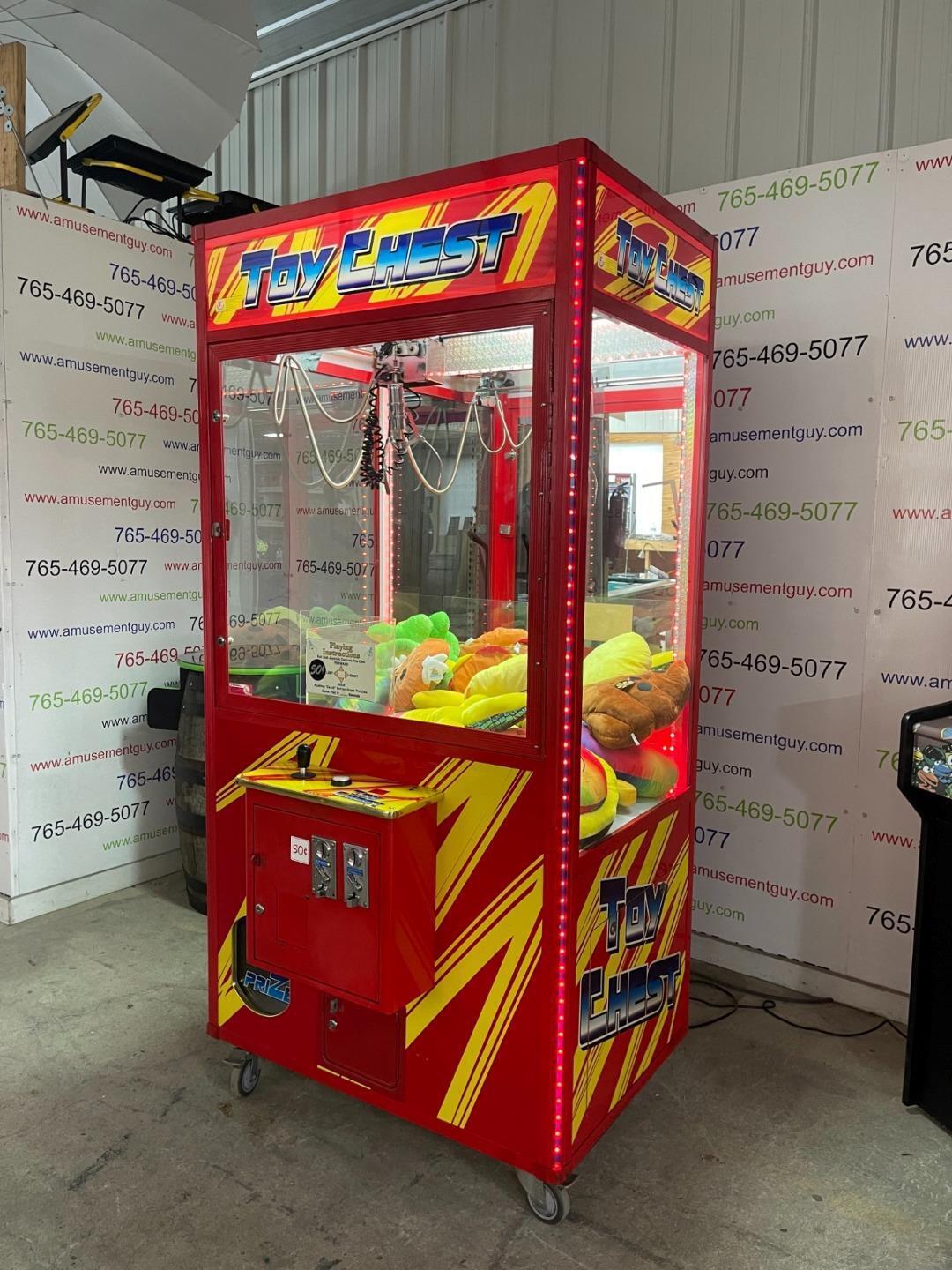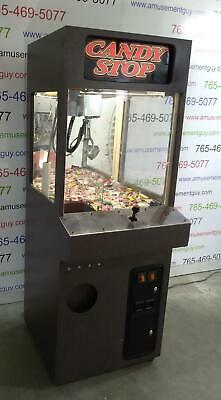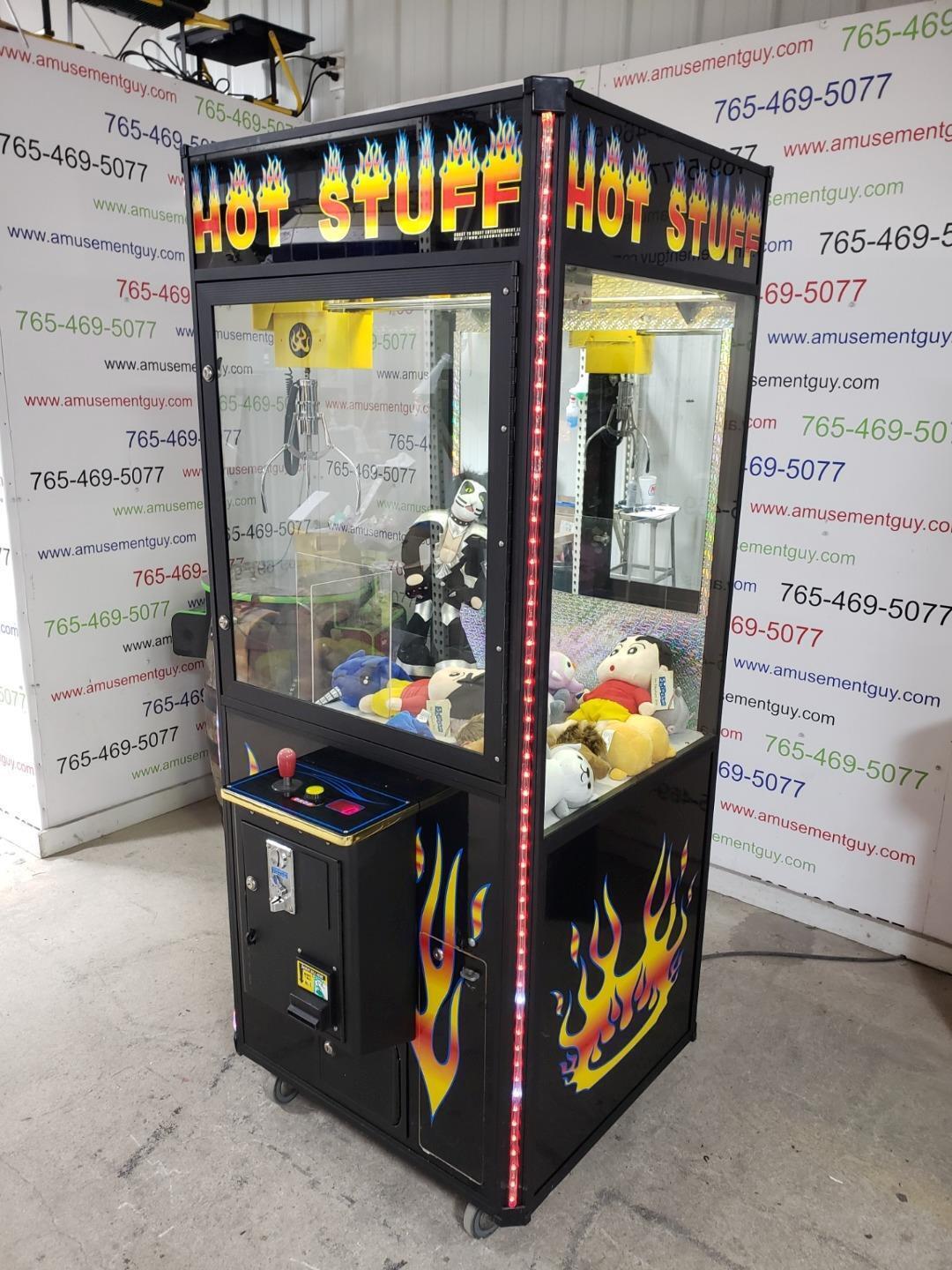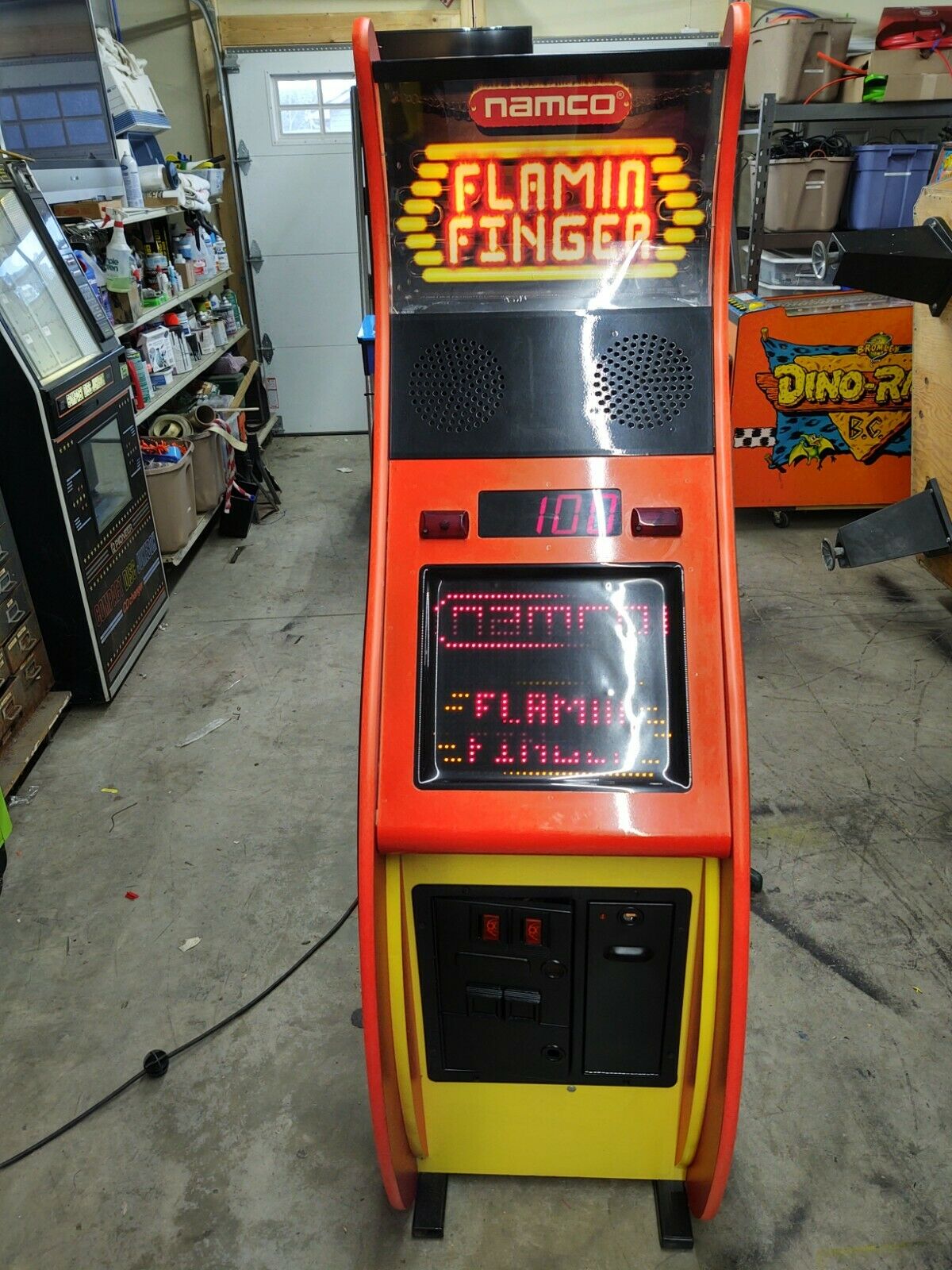-40%
Mutoscope Nickelodeon Arcade Machine & The Seat Beast 1926 W/ John Barrymore
$ 1980
- Description
- Size Guide
Description
International Cinema EquipmentA Division of
Magna-Tech Electronic Co. Inc.
Providing quality products and services to the Cinema Industry since 1956!
ICE-MTE is pleased to present for your pleasure another:
Excellent Condition
Fully Operational
Includes!
Limited WARRANTY!
American Mutoscope & Biograph
Company
Mutoscope
(Circa 1920's-1940's)
Includes program content
Starring
John Barrymore
In the Classic 1926 Adventure
"The Sea Beast"
This 1926 movie is based on Herman Melville's classic Moby Dick. Ahab and his brother compete for the affections of minister's daughter Esther. But the great white whale has been eluding the harpooners, bearing many scars of failed attacks. Can our hero Ahab succeed where others have perished?
This is an all original unit made at the factory in
Brooklyn
New York.
This is the real deal!
If you would like a Marquee Attached to the top of the Mutoscope with a Poster from the film
contact
us and we will try to arrange
this for you.
The Mutoscope works on the same principle as the
flip book
. The individual image frames are conventional black-and-white, silver-based photographic prints on tough, flexible opaque cards. Rather than being bound into a booklet, the cards are attached to a circular core, rather like a huge
Rolodex
. A reel typically holds about 850 cards, giving a viewing time of about a minute.
[3]
The reel with cards attached has a total diameter of about 10 inches (25 cm); the individual cards have dimensions of about
2
3
⁄
4
in ×
1
7
⁄
8
in (7.0 cm × 4.8 cm).
Mutoscopes are coin-operated. The patron views the cards through a single lens enclosed by a hood, similar to the viewing hood of a
stereoscope
. The cards are generally lit electrically, but the reel is driven by means of a geared-down hand crank. Each machine holds only a single reel and is dedicated to the presentation of a single short subject, described by a poster affixed to the machine.
The patron can control the presentation speed only to a limited degree. The crank can be turned in both directions, but this does not reverse the playing of the reel. Nor can the patron extend viewing time by stopping the crank because the flexible images are bent into the proper viewing position by tension applied from forward cranking. Stopping the crank reduces the forward tension on the reels causing the reel to go backwards and the picture to move from the viewing position; a spring in the mechanism turns off the light and in some models brings down a shutter which completely blocks out the picture.
More about Herman Casler
Casler was raised in Fort Plain, New York, and served as an apprentice to his cousin, machinist and inventor Charles E. Lipe, founder of the C. E. Lipe Machine Shop in Syracuse,
New York from 1889 to 1893. During 1893-1895, Casler worked as a draftsman for the General Electric Co., in Schenectady, New York, designing electric rock drills. He was superintendent of the Marvin Electric Drill Co. of Canastota, New York, in 1895-1896, with Harry Marvin as his employer.
Casler was the co-founder with style="margin: 0px; padding: 0px; border: 0px; font-family: inherit; font-style: inherit; font-variant-caps: inherit; font-stretch: inherit; line-height: inherit; vertical-align: baseline; text-decoration: none; color: rgb(217, 35, 46);">
Elias Koopman
, style="margin: 0px; padding: 0px; border: 0px; font-family: inherit; font-style: inherit; font-variant-caps: inherit; font-stretch: inherit; line-height: inherit; vertical-align: baseline; text-decoration: none; color: rgb(217, 35, 46);">
Harry Marvin
and
W.K-L. Dickson
of the KMCD group, which eventually became the American Mutoscope and Biograph Company. Following an initial suggestion from Dickson, Casler developed the margin: 0px; padding: 0px; border: 0px; font-family: inherit; font-style: inherit; font-variant-caps: inherit; font-stretch: inherit; line-height: inherit; vertical-align: baseline; text-decoration: none; color: rgb(217, 35, 46);">Mutoscope – a viewing device which used radially-mounted photographs flicked over in rapid sequence to give an illusion of movement. This instrument which was ready by the autumn of 1894, was originally intended to be a competitor to the Edison
Kinetoscope
.
Casler next worked on the development of a camera, the
Mutagraph
, to provide subjects for it, and by June 1895 a prototype had been successfully tested with film. In the meantime, it had become clear that it was projected film rather than the Kinetoscope that offered the most potential for a long term business; and Casler therefore designed the tyle="margin: 0px; padding: 0px; border: 0px; font-family: inherit; font-style: inherit; font-variant-caps: inherit; font-stretch: inherit; line-height: inherit; vertical-align: baseline; text-decoration: none; color: rgb(217, 35, 46);">Biograph projector. Electrically driven, and using wide-gauge sprocketless film, it was intended, like the camera, to be as different as possible from anything that had been patented by style="margin: 0px; padding: 0px; border: 0px; font-family: inherit; font-style: inherit; font-variant-caps: inherit; font-stretch: inherit; line-height: inherit; vertical-align: baseline; text-decoration: none; color: rgb(217, 35, 46);">
Edison
. Dickson’s knowledge of the development work done at West Orange makes it very likely that he was involved with Casler, at least at the design stage, but officially it was Casler who was announced as the inventor in both patent specifications and theatre announcements. The high quality mechanical work done by both Casler and Marvin laid the foundation for the later success of the Biograph group. Both camera and projector produced outstandingly good results, enabling the company quickly to gain a reputation for high quality, and helping it to differentiate its products from the many competitors it faced. It was by using Casler’s patents as security for loans that the group was able to raise the considerable amount of capital required to begin international expansion during the 1890s.
Casler helped develop a portable hand-cranked camera in 1900 to replace the bulky, motor-operated camera used until then. With Harry Marvin, Herman Casler had earlier formed the Marvin & Casler Co.; their Canastota machine shop made a range of products including automobile engines, name plate machines, and patent automatic palm readers as well as motion picture equipment. He later became sole owner of Marvin & Casler, which he sold in 1919. Casler was associated with Biograph until 1921 in the design and manufacture of motion picture cameras, projectors, automatic printing machines, and other special machines associated with the production of motion pictures. He retired from manufacturing in 1926, but continued to serve as a consulting engineer to a number of corporations, and filed his last patent in 1937, two years before his death.
These are hard to find with support and warranty.
PHOTOS ARE TYPICAL OF ITEMS BEING OFFERED AND ARE SAMPLES FOR COLOR.
PRIOR TO SHIPMENT WE WILL SEND A PHOTO OF YOUR ACTUAL UNIT FOR YOUR APPROVAL.
Don't miss this wonderful o
pportunity!
We offer our limited
warranty for 90 Days Parts and labor
if returned to us post prepaid.!
Plus over 40 Years in the Projection Equipment and Manufacturing business!
We can
arrange
for packing, shipping and delivery to most places around the world at additional cost.
Get a quote from us prior to buying just to be sure;Pickup is allowed at our facilities there is no charge for this. Sales Tax may be applicable check with us.
ICECO/MTE
We accept Paypal, and all Major Credit Cards.
International and Export orders are welcomed anywhere in the world.
ICE-MTE suppliers of quality cinema equipment since 1975.
International Cinema Equipment
A Division of
Magna-Tech Electronic Company Inc.
